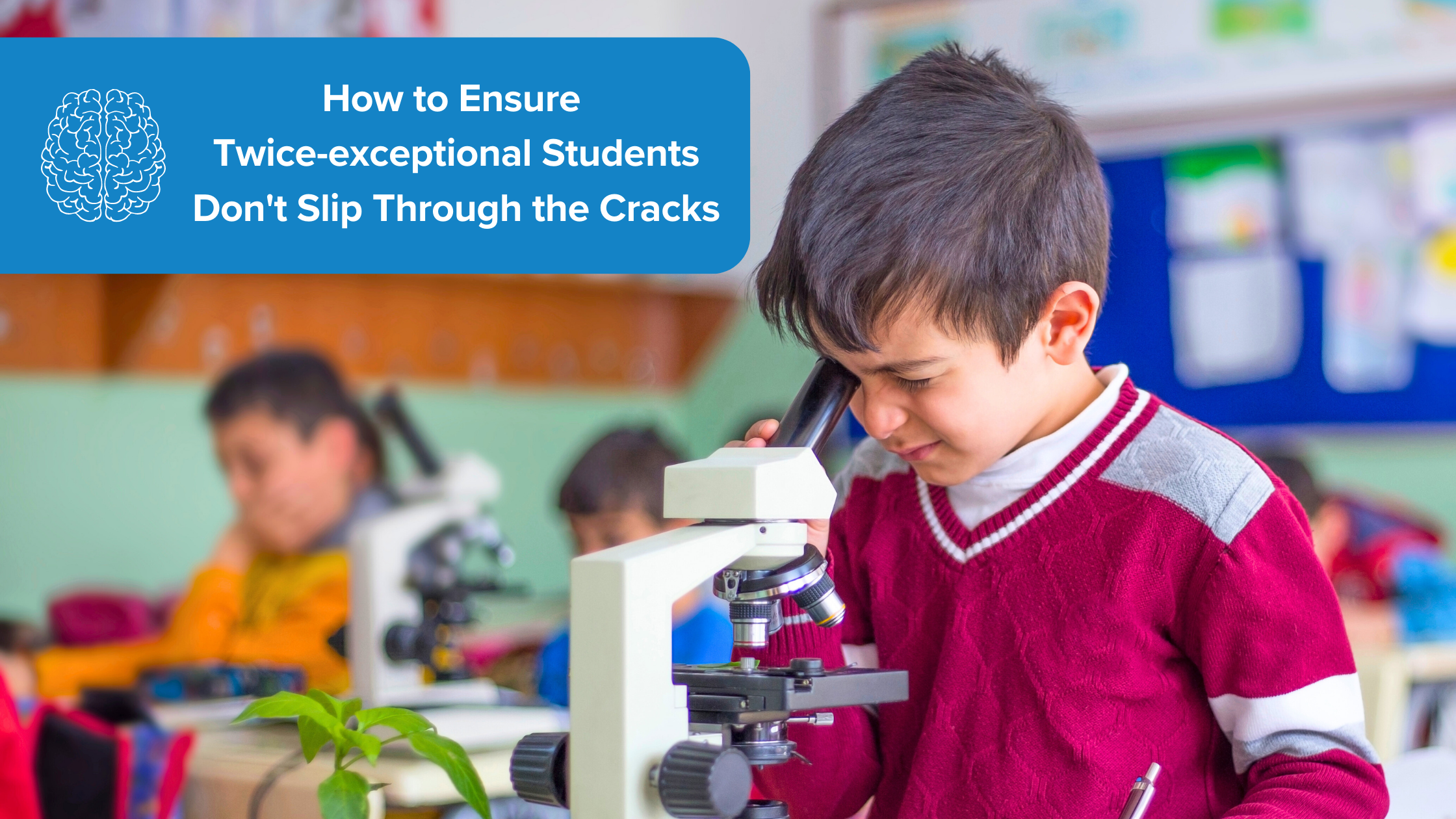
How to Ensure Twice-exceptional Students Don't Slip Through the Cracks

Imagine the course of history if some of the most brilliant minds were held back by learning disabilities. Albert Einstein was dyslexic and didn’t talk until he was six. His teachers said nothing good would come of him. Thomas Edison was called “too dumb.” He was kicked out of school at age twelve because he struggled with mathematics and had difficulty speaking and pronouncing words. Yet each overcame struggles, and their scientific discoveries and inventions impact our lives still today.
Einstein and Edison are exceptional, but not completely unique. Many children today experience learning challenges, like dyslexia, attention deficit hyperactivity disorder (ADHD), dyscalculia, autism, or sensory processing issues, and are also highly gifted in math, science, writing, or music. These children—“twice exceptional” or 2e—comprise one of the most under-identified and misunderstood populations in education.
Read more about 2e students and how you can support them in the classroom.
Adam Laningham is the author of “Gifted & Struggling: Twice-Exceptional Children and Gifted Children & How Trauma Impacts Them” and has more than twenty years of experience in the field of education.
Dr. Sarah Holman, a former special education coordinator, diagnostician, and bilingual teacher, who is now a director at Riverside Insights.




